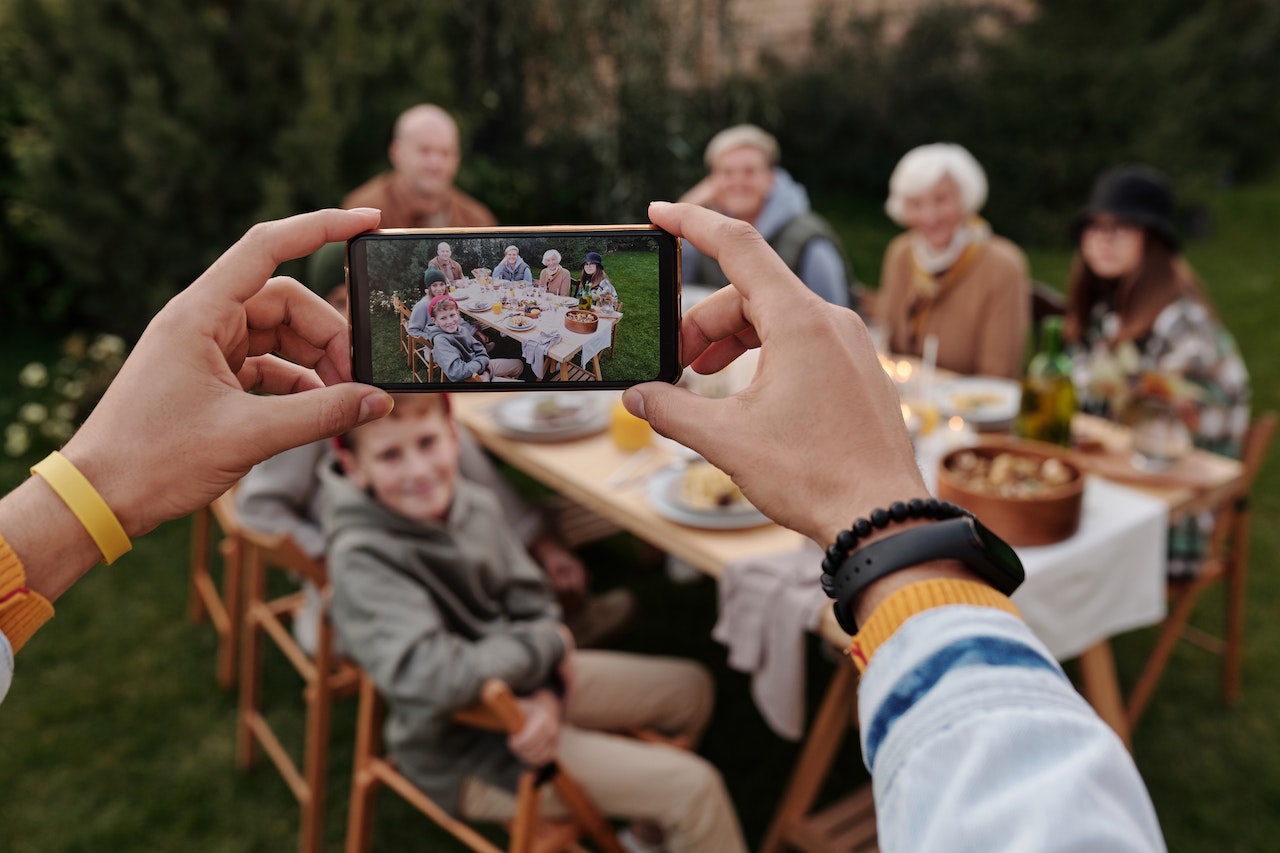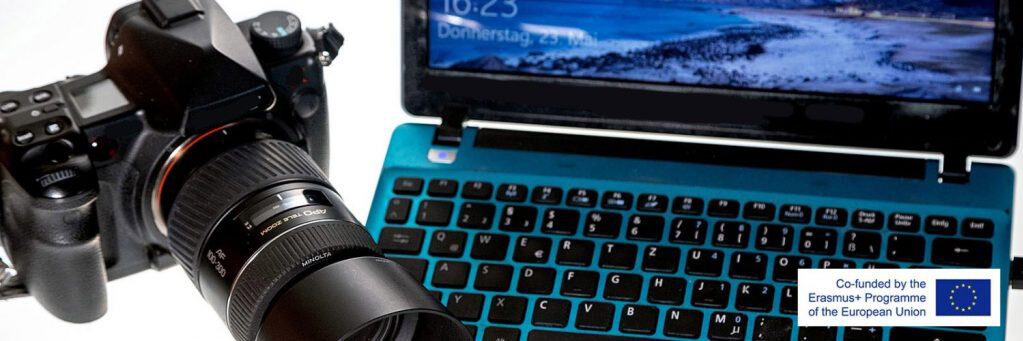In today’s digital age, having a strong understanding of digital imaging and the ability to process images is an essential skill. As technology continues to advance, the demand for individuals proficient in capturing and enhancing digital images is on the rise. This article focuses on the importance of learning how to take digital images of a certain quality and how to process them effectively to enhance image quality in a blended learning setting, specifically targeting adult learners.
Why Digital Image Capture and Processing?
Digital image capture and processing skills are increasingly becoming necessary across various fields and industries. From social media influencers to marketing professionals, the ability to capture visually appealing images and enhance them is essential for effective communication and engagement. Moreover, individuals interested in photography, graphic design, and visual arts can greatly benefit from mastering these skills.
Engaging in digital imaging enhances digital competencies by developing technical proficiency in operating cameras, understanding exposure settings, and utilizing image editing software. Through hands-on experience, learners gain the skills needed to navigate digital tools and equipment, strengthening their digital capabilities.
Digital imaging also cultivates visual literacy by fostering an understanding of visual language, composition, and aesthetics. Learners develop an eye for detail, analyse and interpret visual information, and appreciate the art of visual storytelling. These abilities enhance their competence in comprehending and effectively utilizing visual communication in the digital realm.
Furthermore, digital imaging promotes creative expression, allowing learners to experiment with various techniques, compositions, and editing styles. This creative outlet encourages innovative thinking, problem-solving, and the ability to convey emotions, ideas, and narratives through visually appealing images. It contributes to the development of well-rounded digital competencies.
In the context of digital communication, proficiency in digital imaging enables learners to convey messages, engage audiences, and create visually compelling content. Understanding how to capture and edit images equips individuals with the skills needed to communicate effectively on digital platforms, where visual communication plays a vital role. This competency enhances their overall digital communication skills.
Working with digital imaging also fosters critical thinking and decision-making abilities. Learners must make choices about composition, lighting, color grading, and other elements that impact the quality of an image. Through this process, they develop critical thinking skills by evaluating options, considering desired outcomes, and making informed decisions to enhance image quality. These decision-making abilities extend to other digital contexts, where individuals must make choices based on aesthetics, usability, and user experience.
Moreover, digital imaging promotes adaptability and technological fluency. As the field continuously evolves with new software, tools, and techniques, engaging with digital imaging develops learners’ ability to adapt to updates and advancements. This adaptability is an integral aspect of digital competencies, equipping individuals to embrace new technologies and tools in a fast-paced, ever-changing digital landscape.
Blended Learning: A Powerful Approach
Blended learning, which combines traditional face-to-face instruction with online learning components, provides a flexible and accessible environment for adult learners to acquire new skills. By incorporating digital image capture and processing into a blended learning setting, learners can leverage the advantages of both online resources and in-person guidance, creating an optimal learning experience.
The CICERO Training Course uses Blended Learning and enables to learn basics using the Learning Platform and to interact with the learning peers in the frame of on-site learning and training.
Digital Imaging and Capturing Images of Certain Quality
One of the primary objectives of this blended learning program is to teach adult learners how to take digital images of a certain quality. This includes understanding concepts such as composition, lighting, focus, and exposure. Through a combination of online tutorials, interactive modules, and practical assignments, learners can develop a keen eye for capturing visually compelling images. The program can cover a range of subjects, from basic smartphone photography to advanced techniques using DSLR cameras.

Taking pictures does not necessarily need a DSLR camera – you can take high-quality images and publish them with a good smartphone (If you have the background knowledge).
Enhancing Image Quality through Processing
Once the learners have captured their images, the next step is to process them effectively to enhance their quality. This involves using image editing software, such as Adobe Photoshop or Lightroom, to adjust aspects like brightness, contrast, color balance, and sharpness. Additionally, learners will be introduced to techniques like noise reduction, image retouching, and creative effects. Through step-by-step tutorials, interactive workshops, and guided projects, adult learners can gain hands-on experience in digital image processing.
Benefits for Adult Learners in Digital Imaging
By participating in this blended learning program, adult learners can expect to gain a range of benefits, including:
- Improved Digital Competencies
Developing proficiency in digital image capture and processing enhances learners’ overall digital skills, making them more competent in the modern workforce. - Creative Expression
Learning the art of capturing and processing images allows learners to express their creativity and unique perspectives through visual media. - Versatile Skill Set
The skills acquired through this program can be applied to various personal and professional endeavours, including social media management, content creation, marketing, and visual storytelling. - Increased Visual Literacy
Learners develop a more profound understanding of visual language, enabling them to effectively communicate ideas, emotions, and narratives through images. - Learn about digital material
Working with images is a generic approach to learning basic digital literacy.
Outcomes of the project
In a rapidly evolving digital landscape, the ability to capture and process high-quality digital images is a valuable skill for adult learners to possess. By incorporating digital image capture and processing into a blended learning environment, learners can enhance their digital competencies, boost their creative expression, and expand their professional horizons. Whether for personal enjoyment or career advancement, the mastery of these skills empowers adult learners to communicate visually and engage effectively in the digital world.

